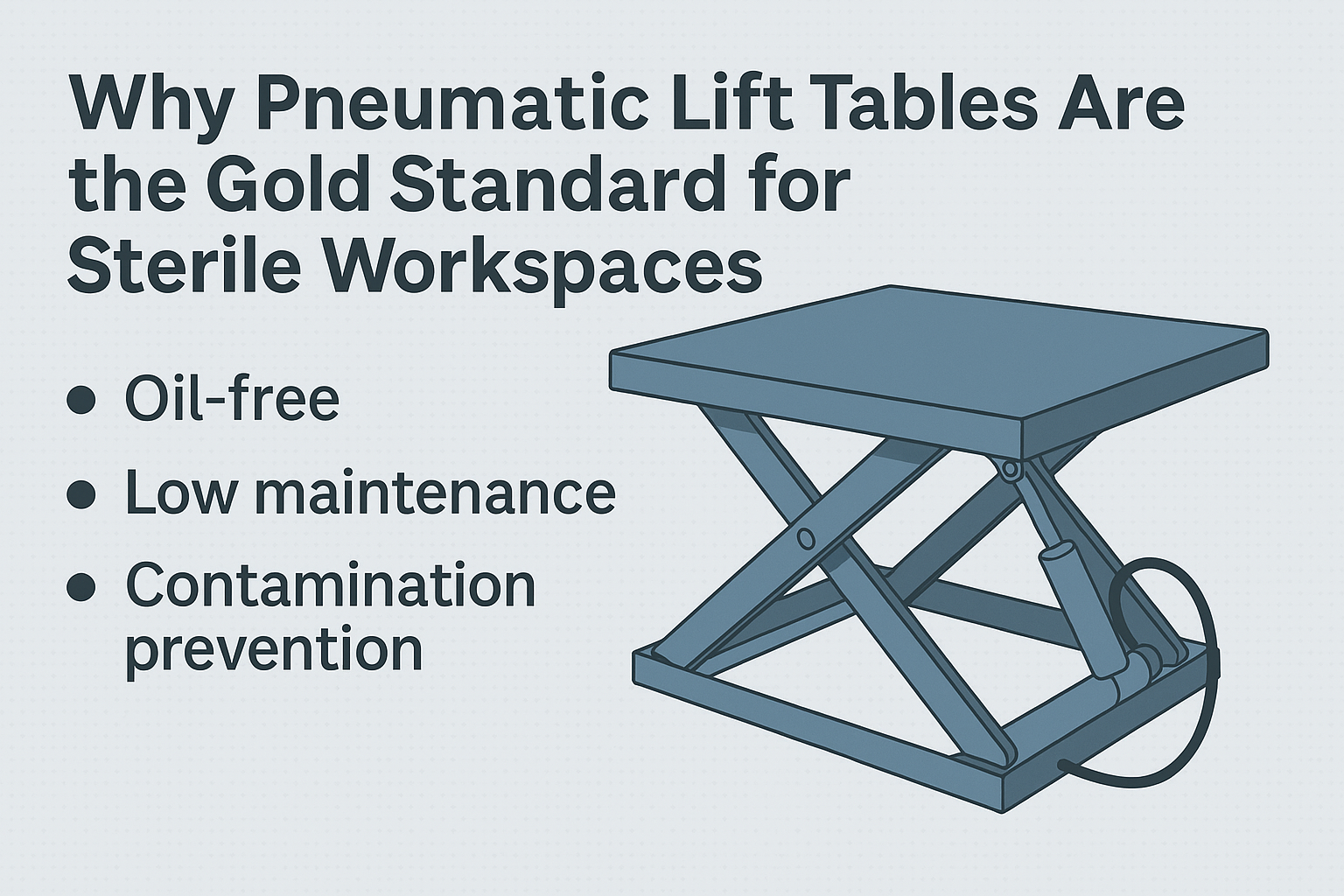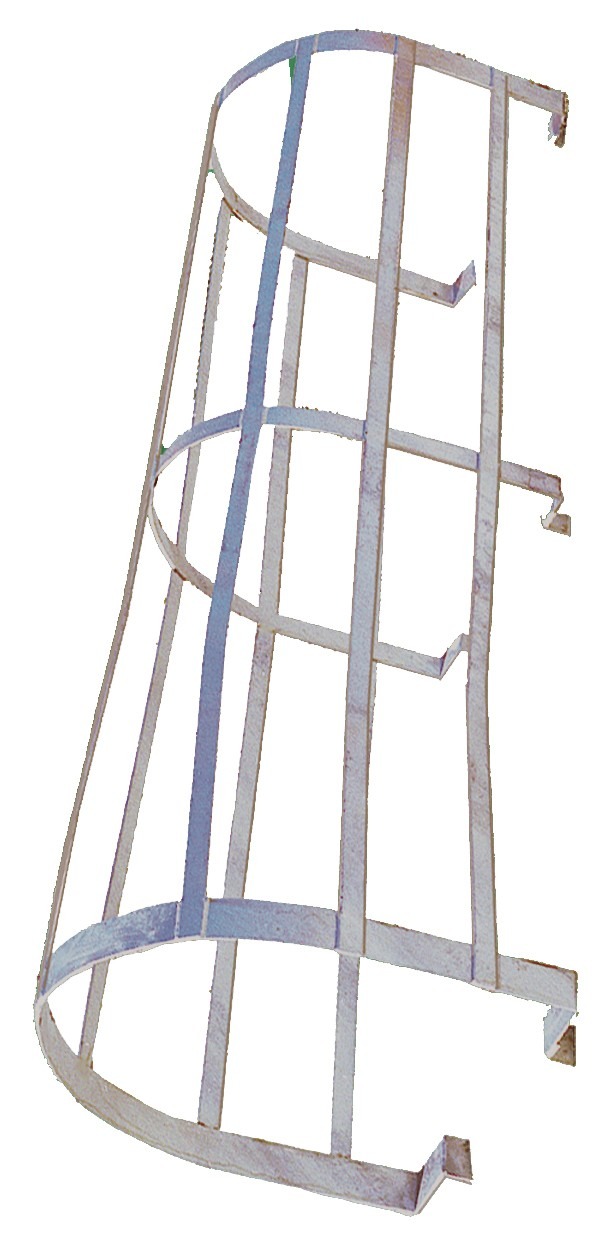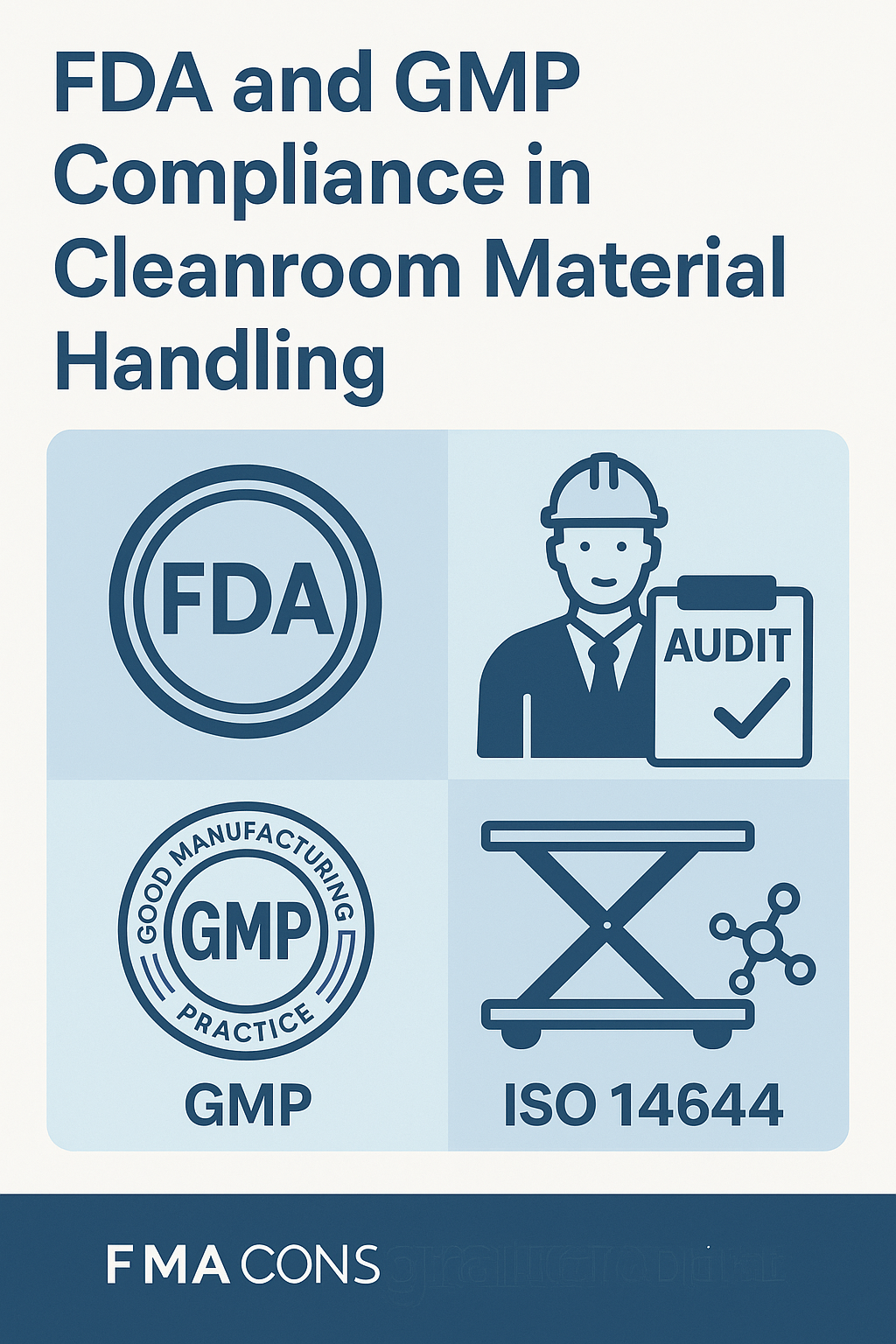
Why Pneumatic Lift Tables Are the Gold Standard for Sterile Workspaces
Explore why pneumatic lift tables outperform hydraulic and electric options in sterile environments. Clean, safe,
A ladder can be a very effective tool when it is used safely. When it is used without proper safety awareness, a ladder can cause severe injuries and even a fatality.
Many of the basics of ladder safety involve common sense.
It may be tempting to grab a ladder and get to work right away, but proper ladder safety includes a full inspection of the tool before using it. This will confirm that the ladder is in a good working condition. Ladders that have missing parts or loose components should never be used.
Some ladders may lean or sway, even when all the basics of ladder safety have been implemented. These ladders should be rejected as well.
There are three general requirements in place for when an employer must provide a ladder or some other form of stairway. [3]
In addition to the requirements for having a ladder present, safety regulations require a fall protection be installed that meet the specific guidelines for each type of job site. The only exception to this rule would be a ladder that is manufactured for scaffold access and egress.
Ladders that are manufactured for specific jobs or are portable ladders intended for general use must follow published ladder safety and fall protection guidelines.
There are common sense rules that should be followed whenever a ladder is being used, for personal or professional reasons. There are also certain workplace rules for ladders that must be followed at all times. Establishing a culture of safety awareness and providing workers within ongoing training over these specific key points is critical to proper ladder safety. [4]
These safety rules apply to purchased ladders from a supplier, such as Industrial Man Lifts, or ladders that are built at a job site. Wood ladders have additional safety rules which must be followed as well, including a requirement that they not be coated with an opaque covering.
One of the biggest challenges in ladder safety is to properly maintain an outdoor ladder. When ladders are exposed to the elements, especially fixed ladders, they can quickly become wet and slippery.
A common work-around solution is to use a portable ladder when a fixed ladder is not safe for use. Using a portable ladder is not considered a safe alternate means of access. Fixed ladders that are covered in precipitation, grease, or oil must be properly cleaned to restore access. In most cases, a work-around solution is never permitted.
Fixed ladders should be anchored securely and provide a minimum of 3 inches for toe clearance between the bottom surface and the bottom rung or step. They should also project 3 feet above landings or provide a substantial handhold that can be safely accessed so the worker can achieve the landing without difficulty.
One of the most common safety issues that arise from fixed ladders is a lack of fall protection awareness. Safety chains are regularly installed to provide worker safety when working at different heights. These chains are often left to hang loose because the act of chaining or unchaining the safety device is seen as a nuisance.
Any ladder safety mechanism that is installed should be used at all times to protect the safety of all individuals involved. If a ladder is equipped with a back guard, the same rules for maintenance and access apply to it, even though the back guard is not considered to be part of the ladder.
From an industrial man lift standpoint, ladder safety involves common sense. To reinforce that common sense, visual prompts, signage, and safety training can reduce the threat of an accident occurring. If you don’t have a program in place yet, use this guide as a starting point so you can begin to take ladder safety seriously.
[1] “Flash Facts About Lightning.” National Geographic News. June 24, 2005.
[2] “Basic Ladder Safety.” American Ladder Institute.
[3] “Stairways and Ladders: A Guide to OSHA Rules.” Osha.gov.
[4] “Ladder Safety Standards: Metal and Nonmetal Mine Safety and Health.” Msha.gov.

Explore why pneumatic lift tables outperform hydraulic and electric options in sterile environments. Clean, safe,

From pharma to semiconductors, see how top industries use cleanroom lift tables to maintain compliance,

Understand what makes a lift table truly FDA and GMP compliant. Explore the must-have features,
Copyright 2025 All Rights Reserved – Industrial Man Lifts